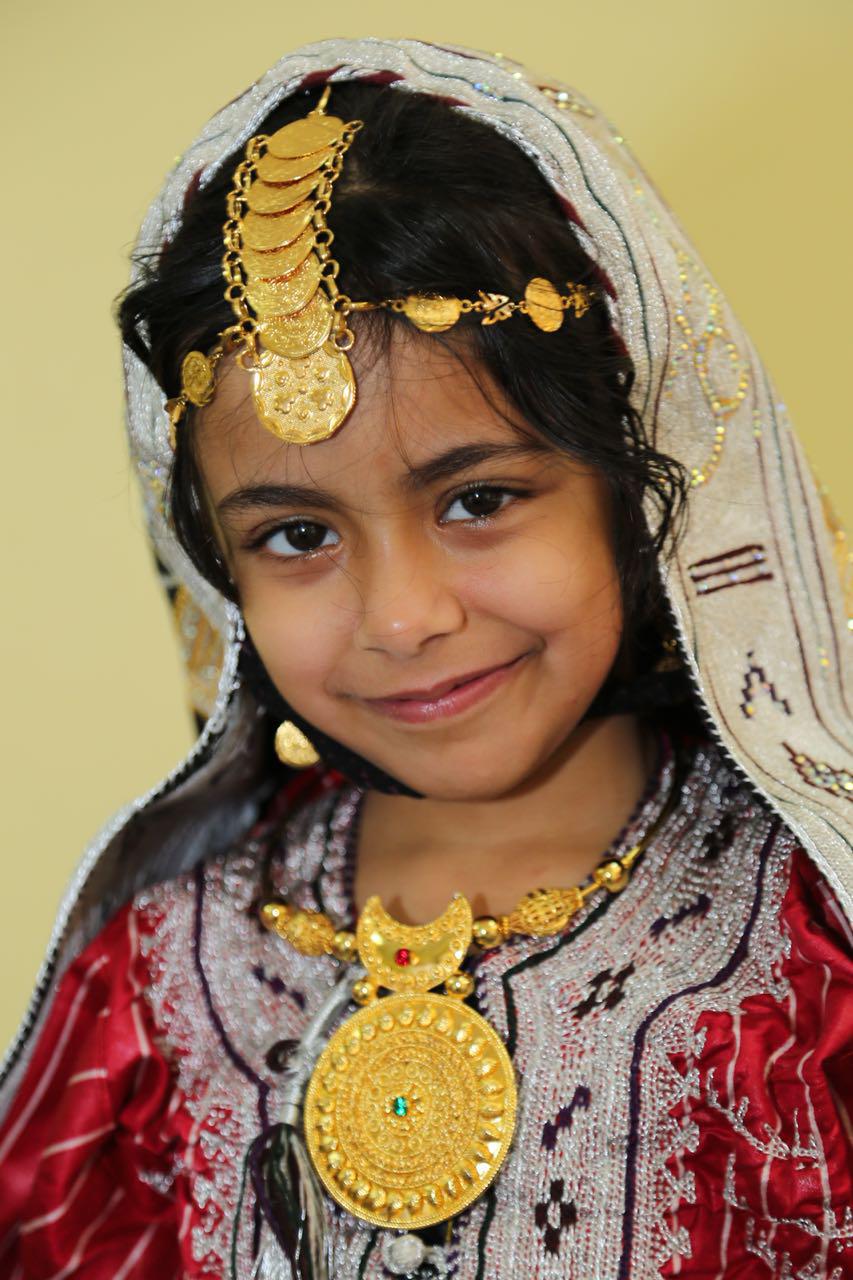

The traditional clothes in Sur tell a complete story about the people in that part of the Sultanate; a story of persistence and struggle where the tailor spends 90 hours making just one piece.
Every piece is stitched manually with love and with different styles for different ages. Looking at a finished piece is like taking a trip down memory lane back to the ancient times when tradition and heritage just got formed. The stitches record a long colourful history refined by the creative hands of women — grandmothers, mothers, wives and sisters — who perfected them to what and how we see them today.
Tailor Salha al Farraji specializes in traditional tailoring of Sur cloths that is locally called Al Kidma As Suriyah.
“I see myself as a substantial part in preserving the Suri heritage,” said Salha.












In the past, the women role alongside cooking and housework included also tailoring of daily clothes for all family members. Women take a long time at tailoring especially the Eid clothes. Mothers teach tailoring to their daughters and all women of the neighbourhood cooperate to sew together.
Over the years, due to modernity, wearing a traditional dress has become less and only limited for occasions, weddings, and Eid. “Very few people are wearing traditional clothes but it is still in demand for special occasions. Traditional dress is impractical nowadays,” shared al Farraji.
“There are several types of sewing that differ for men and women. Qiyaal, Boohabbah and Mmtehuweeyah are some of the names of tailoring types.
The tailoring pattern changed over the years.
“The pattern in the past was smaller than now and the type of fabric is different. The women fabric was light Chintz but nowadays the type used changed to Kashmiri chintz. the pattern is sewn with cotton threads instead of Zari threads that were used in the past,” Salha added.
One of the oldest used fabrics is Gisraati fabric, which is named after the Indian Gujarat city from which this fabric is imported. There are varieties of fabrics used, such as Duryahi, Boomshatha and Abo Zari.
“Order time starts two months before Eid and I stop receiving orders two weeks before Eid. Dresses for special occasions should be prepared one or two months before the occasion. The average cost of tailoring depends on gender, age and type of sleeves pattern that customer chose. Tailoring prices starts at 25 riyals to 50 because it is purely sewn manually without any machine to assist,” Salha said.
Wafa al Ghilani, a mother of four children shared her opinion, “I think it is important to preserve the traditional clothes that reflect our cultural identity”.
“In my opinion, the demand will decline in the future, and it will be limited for weddings only and may become unnecessary,” said Salha.
Oman Observer is now on the WhatsApp channel. Click here



